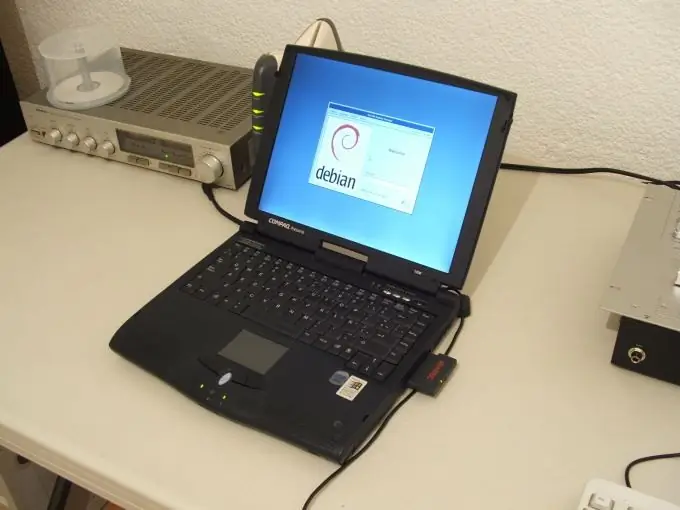The Linux operating system gains more and more supporters every year. Nevertheless, not everyone succeeds in completely abandoning Windows, so many users are interested in installing two operating systems on a computer at once.

Instructions
Step 1
First, you should install the Windows operating system on your computer and only then install Linux. In this case, when you turn on the computer, you will see the Linux bootloader menu, in which both operating systems will be present, and you can easily select the desired OS. If you do the opposite, only Windows will boot and it will take a lot of effort to restore the Linux boot.
Step 2
To install Linux, you need to properly partition the disk space. It is best to allocate a separate hard disk for Linux, or, if this is not possible, a logical disk. To partition the disk, use an appropriate program - for example, Acronis Disk Director. This program is easy to use and very convenient. If you have only one disk, split it in two, then remove the new logical disk - you will have unallocated space.
Step 3
Restart your computer, insert the Linux distribution CD and choose to boot from the CD drive. Usually, for this you need to press F12 at the start of the system, the corresponding menu will appear. If the menu is not invoked, go into the BIOS (usually the Del key at boot) and select boot from CD. The menu and BIOS keys may differ depending on the computer model.
Step 4
If everything is done correctly, the Linux installation will begin. Most modern distributions are user friendly and do almost everything themselves. However, during the installation process, you may be asked to select a language, time zone, administrator login and password. There will certainly be a request about which partition to install the operating system on - select automatic installation to an unallocated area (to free disk space). Also, pay attention to the choice of a graphical shell - usually KDE and Gnome. Select both at once, later you can switch between them and choose the one that you like.
Step 5
In addition to the password and administrator login, you will be prompted to choose a username and password - you will work in the system under this account. They work under the administrator in Linux only when the appropriate rights are required - for example, to install programs, configure the system, etc. This is done for security purposes - there is practically no "foolproof" in Linux, so the constant work of an inexperienced user under the root (root, administrator) will almost inevitably lead to a system crash.
Step 6
Some Linux distributions will prompt you to choose which programs to install. You can choose the ones you want right away (recommended) or install them later. At the final stage of the installation, you will be prompted to choose a boot loader, its version depends on the specific distribution kit. Most often this is the Grub bootloader and is quite handy.
Step 7
Loading is complete. Remove the CD from the drive, restart your computer. If you chose to boot from the CD drive in the BIOS, be sure to change the settings again and reboot the hard drive. After rebooting, you will see the bootloader menu, it will contain two lines - loading Linux and the second operating system. Linux will boot by default. You will be prompted to enter the username and password, at the same stage you can select a graphical shell (if more than one is installed).
Step 8
Login and password entered, before you Linux desktop. More precisely, one of the desktops - there are several of them in Linux, which is very convenient. For those who are accustomed to the Windows operating system, at first a lot may seem unusual - for example, the way programs are installed. At this stage, many users abandon Linux forever, considering this OS very inconvenient. Don't jump to conclusions - once you've gotten used to Linux, you probably won't want to go back to Windows.






